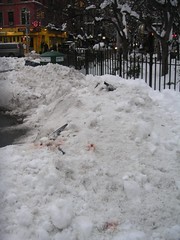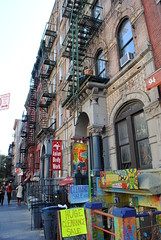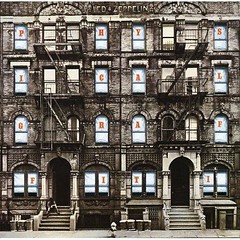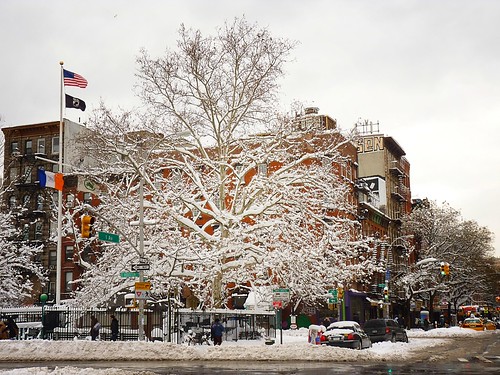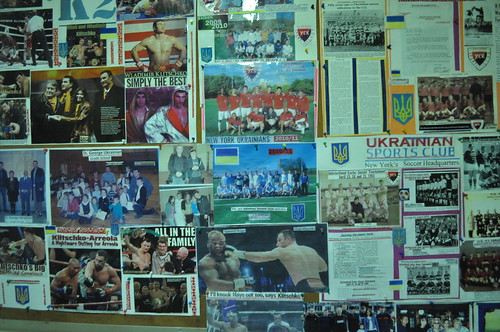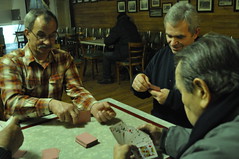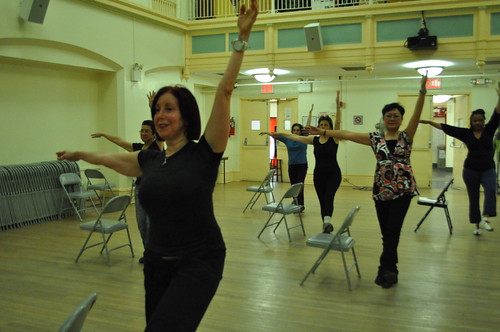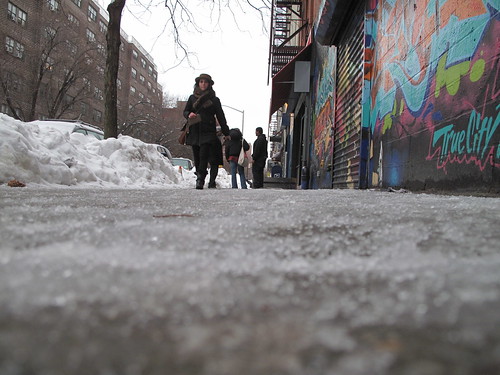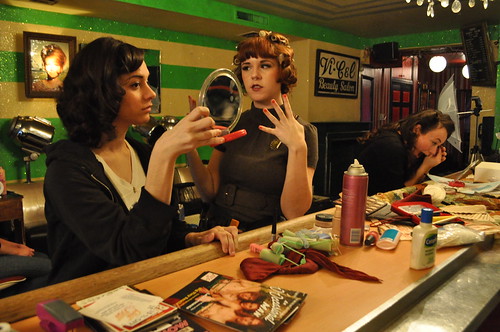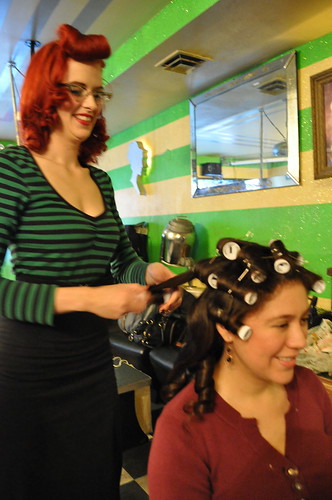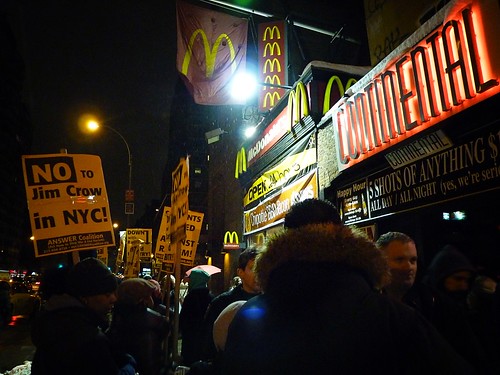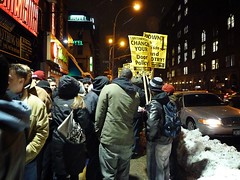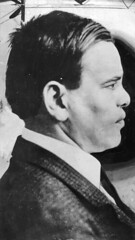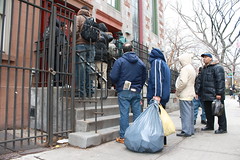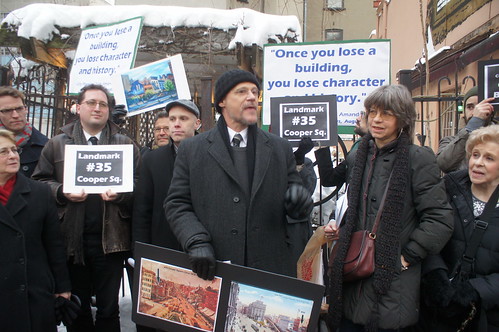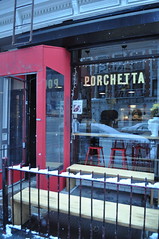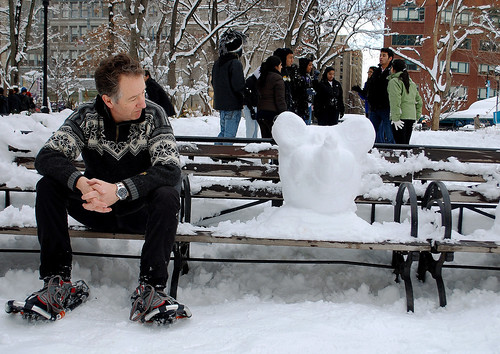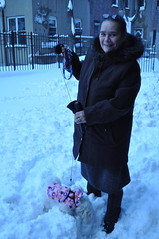 Carol Vinzant/animaltourism.com With an uptick in sightings of red-tailed hawks in the East Village, conservationists are concerned about the dangers posed by manmade perils such as birds colliding with buildings. Below: The bodies of dead pigeons in Tompkins Square Park.
Carol Vinzant/animaltourism.com With an uptick in sightings of red-tailed hawks in the East Village, conservationists are concerned about the dangers posed by manmade perils such as birds colliding with buildings. Below: The bodies of dead pigeons in Tompkins Square Park.Those of us at The Local would like to believe we offer a rather respectable bird’s eye view of the East Village but stand humbled below the neighborhood’s newest migrants: the red-tailed hawks.
Much has been said about the hawks’ return to Tompkins Square Park and the recent rescue of a red-tail from an airshaft on East Third Street last month, but despite the hawk-friendly hubbub, environmentalists are still concerned that some East Village buildings may pose a threat to the birds.
According to Glenn Phillips, executive director of New York City Audubon Society, a juvenile red-tail hawk died several weeks ago after crashing into a window on East Fourth Street; and while such collisions are less publicized than bird rescues, they occur frequently in the East Village and the East Coast migratory route on which it lies.
So frequently, in fact, that research by Audubon has shown that 90,000 migrating birds die after hitting New York City buildings each year.
Experts say manmade factors like poor architectural designs, which often rely on the aesthetics of large glass windows and bright lights, can easily disrupt a bird’s innate navigation process and lead to higher numbers of bird casualties, especially in populated areas like the East Village.
Read more…



